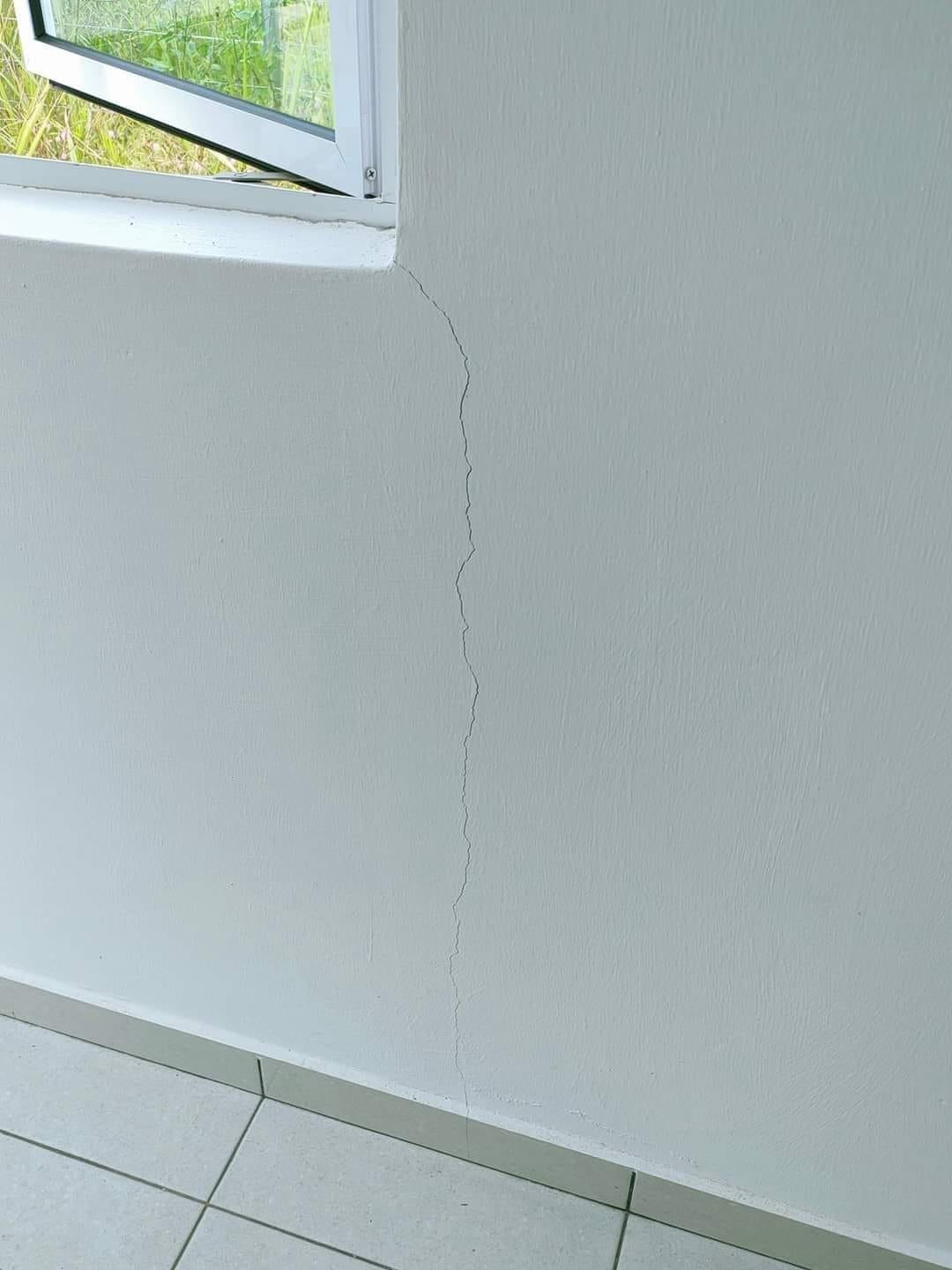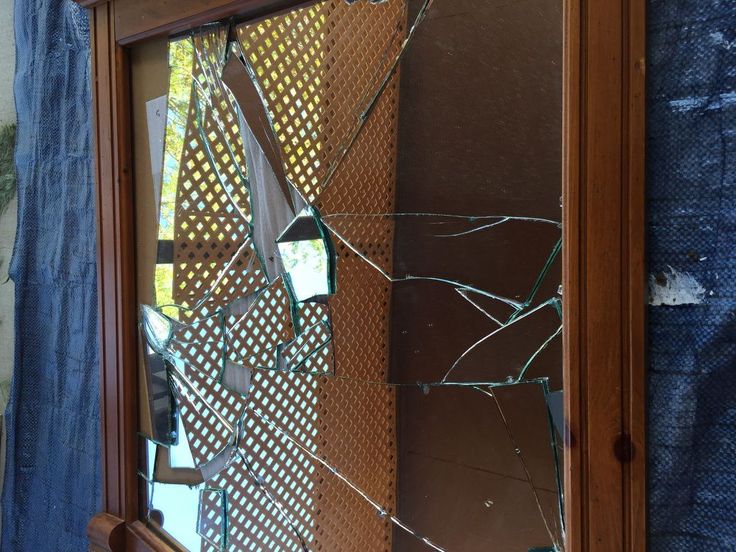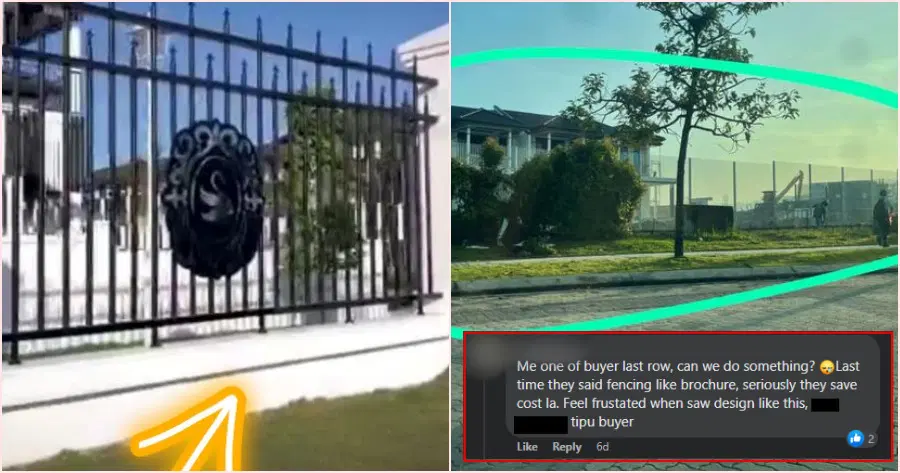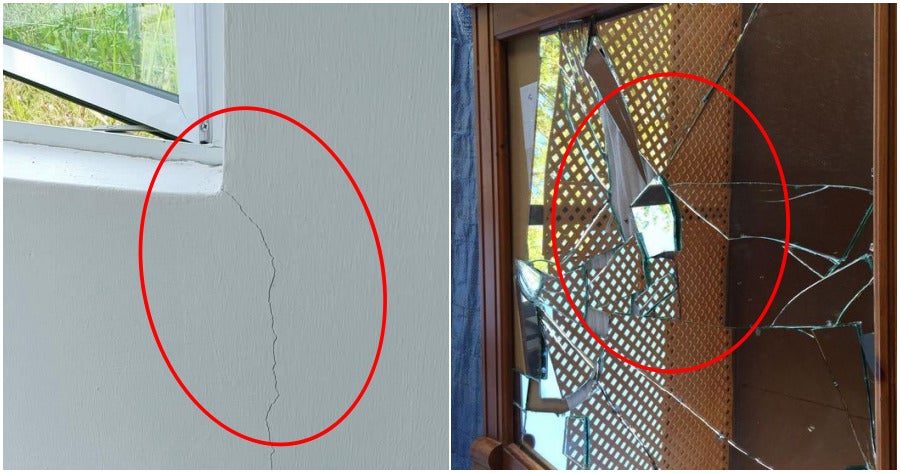Have you ever been so excited to move into a new place only to find out that some things are defective? The stress of not knowing who to ask for help, the amount of money it would cost to fix defects, and the inability to settle in peacefully are all part and parcel of the transition.
Luckily for all of us, a kind netizen named Navyind Jayaenthran has taken to Facebook to share an experience dealing with house defects reparations.
According to Navyind, the first thing you must do when discovering a defect is to fill in the defects form and send it to the developer.

However, if this does not work, there is no point in arguing and pleading with the property’s developer because “it will only cause a sore throat.”
Instead, if your house is still under the Defect Liability Period (DLP), here is what you can do to ensure that the developer is held accountable for the defects:
- Send a formal letter to the developer using a registered postal service (for record-keeping purposes!). Make sure to keep your Sales and Purchase (S&P) lawyer in the loop.
- If there is no response after 30 days, send a second letter as a reminder. Again, make sure to send a copy to your S&P lawyer as well. Then, report the case to the housing tribunal.
- If there is no response after 14 days, bring the two letters to the tribunal. The tribunal will favour the buyer.

Frequently Asked Questions
We know you probably have a bunch of what-ifs in your head right now but fret not because Navyind already has that covered too!
1. Why do we need to loop in our S&P lawyers?
Our lawyers are in control of the loan we receive from the bank. The convention is that lawyers and banks will not release 100% of the money to the developer – only 95% is released, whereas the remaining 5% is kept as the retention sum. Contractors must settle all defects before receiving the 5% retention sum after the DLP.

2. When will lawyers and banks release the 5% retention sum?
The bank will release the retention sum when the DLP ends. The DLP lasts for 24 months. This was confirmed by Navyind’s friends who are also working in the construction industry as architects, quantity surveyors and contractors.
3. What is the use of the bank withholding the 5% retention sum?
The developer can use the money to pay for the reparations of the defects. Homeowners can also use this fund provided we have sent a letter to the developer as per the steps above.

4. What about defects that happen after the DLP has expired?
There are some types of defects that are still covered after the DLP – chiefly among them are wall cracks. Besides that, we can also try using the building warranty to make our claims.
A case easily solved
In one example of a case shared by Navyind, the developer refused to fix a broken mirror at the balcony even after a defects form was submitted.

So, the homeowner proceeded to take action by sending the formal letter to the developer and their S&P lawyer, albeit not through a registered postal service. The homeowner opted to hand-deliver the letter (for fear that the post office would delay delivery of the letter.)
On the third day, a representative of the developer and a contractor went to their house for an inspection. They agreed to replace the broken mirror.
Who knew it was so easy to have our housing claims heard and resolved!
Also read: Developer Accused Of Installing ‘Basic Fence’ After Promising To Build ‘Istana Style’ Fence












































